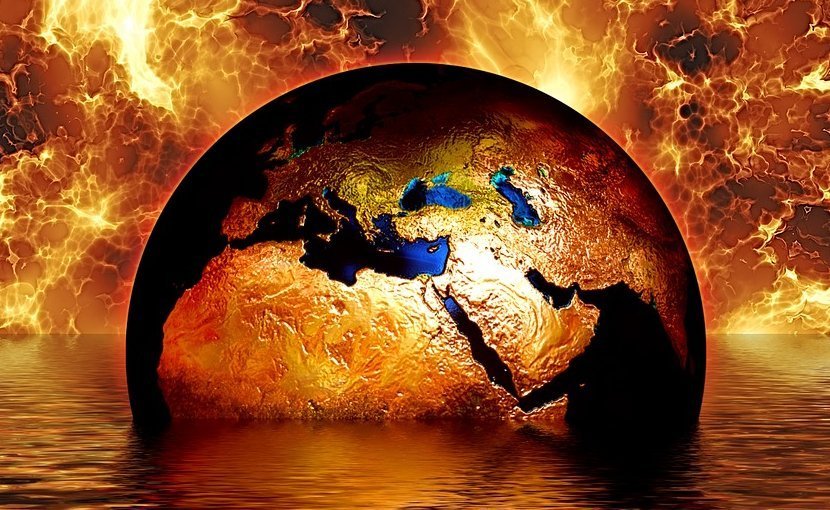
Scientists have analyzed climate change and identified some main features that work like early warning signs such as heat waves, periods of unusually warm weather, sea level rising, coastal flooding, ocean warming, and melting of glaciers.
In some areas, excessive and unprecedented rise in temperature causes heat-related illness and death, especially in urban areas and among the elderly, the young, the ill, and the poor.
Why study climate change?
- Studying climate change helps to understand what causes the changes
- Prepares us for any natural hazard or extreme changes that can be predicted
- Helps identify both man-made and natural causes for climate change
- Helps to understand how climate change has an impact on human health and the environment;
Study the impact of climate change in your area
No area on the planet has remained unaffected by climate change. You can study how climate change can affect the environment of a small area in your neighbourhood and compare it with global trends.
For your project, depending on where you live, take a shoreline or reserved forest area or your state.
Collect data on the temperature of the area over the last 50-80 years. You can get this information from your local meteorological office. Record this on a graph. Note if there are any dramatic changes and find the cause for the change.
Note any uncharacteristic weather changes such as acid rain, long periods of heat and drought or flooding. Identify the harbingers that help predict climate change.
Note how the change has affected the area such as impact on its habitat, the animals and plants, availability of water and ability of the vegetation to survive.
On a world map, mark the areas where climate change is more pronounced. Use the colour coding that is followed as a standard for showing temperature rise. Compare the results of your selected area with the world map to identify whether it is in keeping with average trends or whether it is alarming.
If possible, keeping the global trends in mind, and the average rise of temperature in your area, see if you can predict the trend for the next 20-50 years.







Leave a Reply
You must be logged in to post a comment.